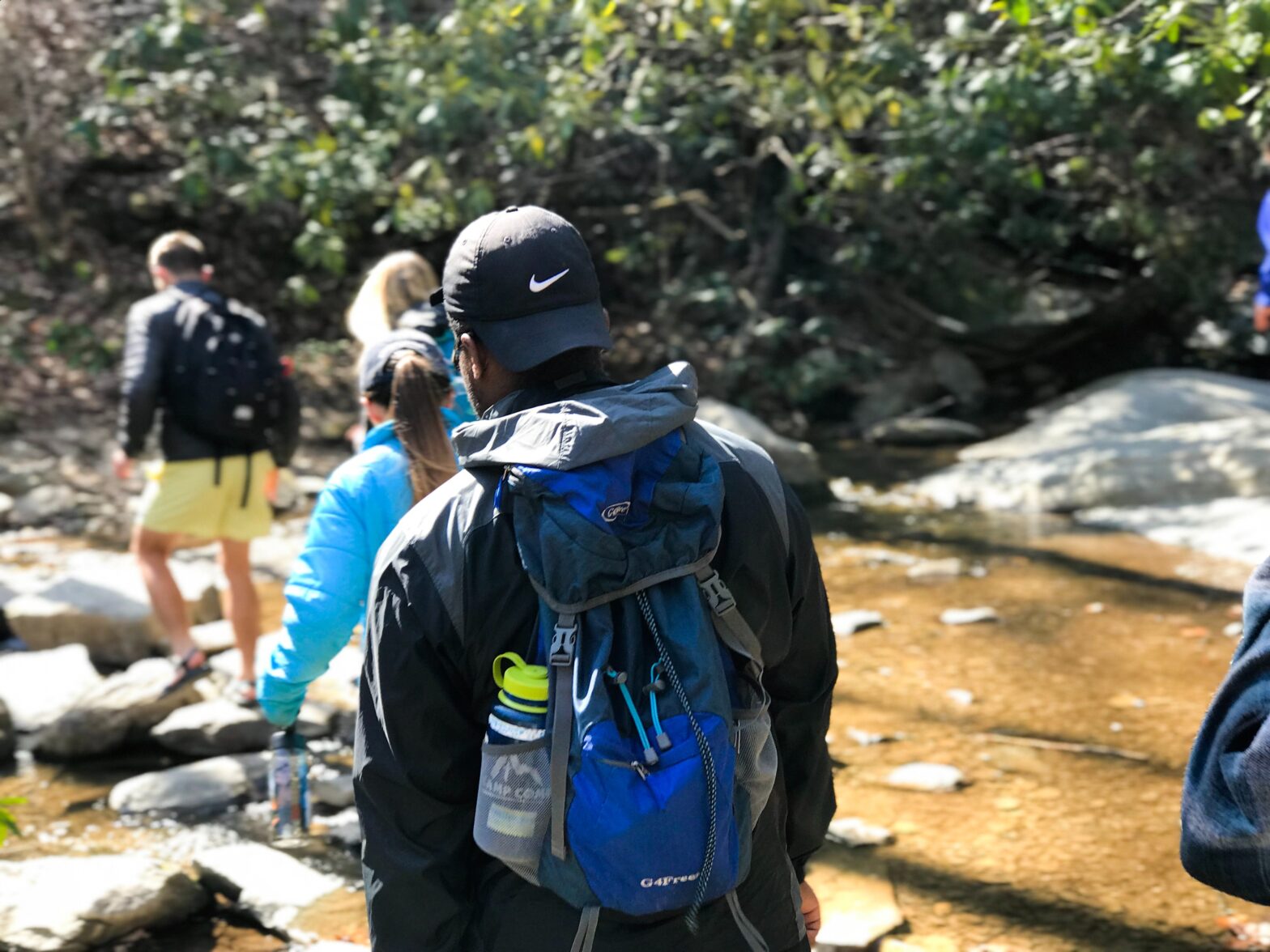Summer and fall are ideal times for a hiking or camping adventure. Something about the fresh air and natural surroundings does something for the spirit. However, if you’re hiking for the first time, do you know what you need to have with you?
The duration of your hike plays a huge role. Obviously, a week-long trek through the Appalachian Mountains will require more equipment than the two to three hours it takes to summit Storm King Mountain.
Here are a few things you should have for your first and all hiking and camping trips.
Good Hiking Shoes or Boots
Your feet take a beating every day, especially when you’re on uneven terrain. You want footwear that protects the foot and the ankle. The chief distinction between hiking boots and shoes is that the latter ones tend to be lighter.
Hiking Guy explains, “Hiking shoes take the best elements of hiking boots and trail runners and combine them into one. They are lighter and more comfortable than hiking boots, but generally offer the same level of protection (minus the cuff around your ankle).”
A “Bladder” Or Water Bottle And Sustenance
Mountain climbing or hiking will have you sweating bullets in no time. The last thing you want is for dehydration to hit. On the mild end of things, you’ll feel fatigued and have a headache. On the more extreme end, you risk damage to your brain, kidneys, and other internal organs.
Some people will get a bladder, which you can put in your backpack. Bladders come with a long, thin tube that allows you to drink without having to remove the bag. Alternatively, a regular water bottle can work for shorter hikes.
Gu packs are good if you need a burst of energy, without eating real food. For longer hikes, of course, you’ll want to bring foods that can be easily transported like sandwiches, fruits, and trail mix.
Portable Charger And First Aid Kit
You won’t find any outlets in nature, so be sure to have a few portable chargers with you. The more sophisticated ones not only charge your electronic devices but have other features like a flashlight.
Safety first! You can pack your own first-aid kit, or buy a pre-packaged one. A standard kit usually has band-aids, gauze pads, and pain-relief medication among other things. If you’re packing your own, check online for other suggested items.
A Compass
Most experienced hikers and experts agree that having a compass is essential.
Outdoor Troop writes, “You should always bring a compass when you will be navigating trails or wild areas. A reliable compass and a map can help hikers avoid getting lost. Compasses are light, so they should never be excluded from your supplies.”
Appropriate Clothing And Gear
One guide who hosted the Three Peaks Challenge in the UK, announced, “Be bold, start cold.” He meant that if you’re climbing in Britain, start with just one layer and pile on as needed.
However, this depends on the climate. You wouldn’t wear layers to climb the Pitons of St. Lucia. But if you’re doing Ben Nevis in Scotland, where you can experience sun, rain, and snow in a short time, you’ll need layers. The one closest to your body should wick sweat away from you, the middle retains body heat, and the third (typically a coat) protects you from rain and snow.
Sunglasses, gloves, and a neck gaiter can be good to have on hand, too.
Staying Overnight? Bring A Sturdy Tent
If you’re planning to stay overnight, be sure to invest in a durable tent. There are many on the market of various sizes and costs. At the very least, you want something that offers good weather protection and won’t blow over.
For the smaller tents, a sleeping bag will suffice but some of the larger ones allow for cots.
